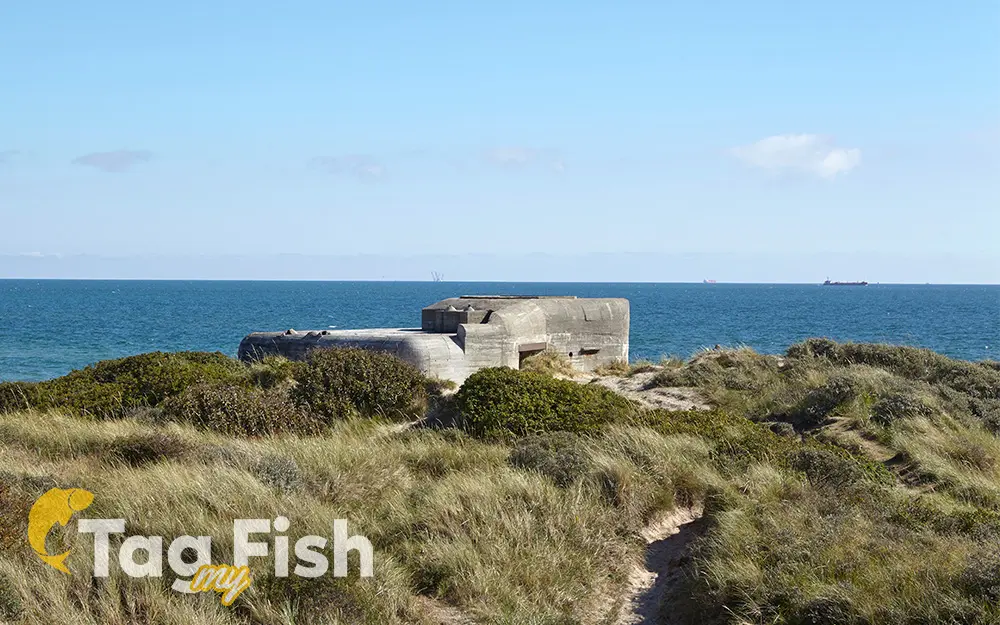Kattegat

General data
- Name: Kattegat
- Water system: North Sea
- Water type: Bay
- Progression: North Sea -> Atlantic Ocean -> Planet Earth
- Climates: Temperate
- Continents: Europe
- Countries: Denmark, Sweden
The Kattegat is a 30,000 km2 (12,000 sq mi) sea area bounded by the Jutlandic peninsula in the west, the Danish Straits islands of Denmark and the Baltic Sea to the south and the provinces of Bohuslän, Västergötland, Halland and Skåne in Sweden in the east. The Baltic Sea drains into the Kattegat through the Danish Straits. The sea area is a continuation of the Skagerrak and may be seen as a bay of the North Sea, but in traditional Scandinavian usage, this is not the case. The Kattegat is a rather shallow sea and can be very difficult and dangerous to navigate because of the many sandy and stony reefs and tricky currents, which often shift. In modern times, artificial seabed channels have been dug, many reefs have been dredged by either sand pumping or stone fishing,[clarification needed] and a well-developed light signaling network has been installed, to safeguard the very heavy international traffic of this small sea. There are several large cities and major ports in the Kattegat, including, in descending size, Gothenburg, Aarhus, Aalborg, Halmstad and Frederikshavn. Major waterways that drain into the Kattegat are the rivers of Göta älv at Gothenburg, together with the Lagan, Nissan, Ätran and Viskan in the province of Halland on the Swedish side, and the river of Gudenå in Jutland, in Denmark.

 English
English
 Spanish
Spanish
 German
German
 French
French
 Serbian
Serbian
 Russian
Russian

